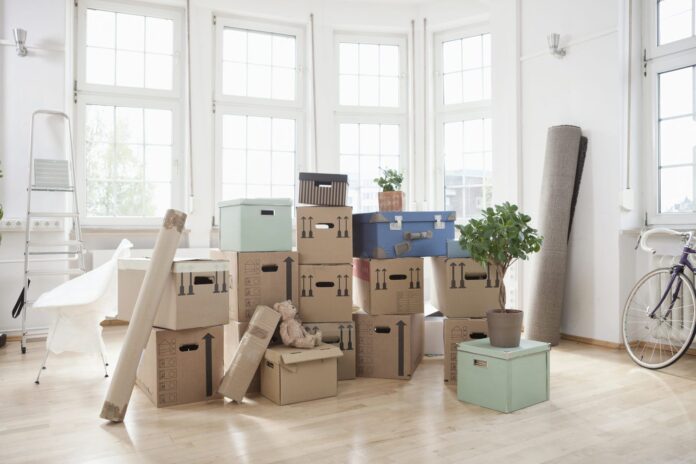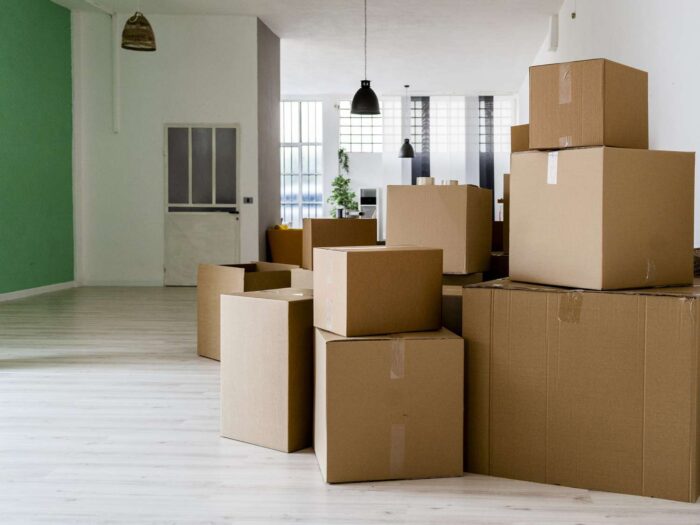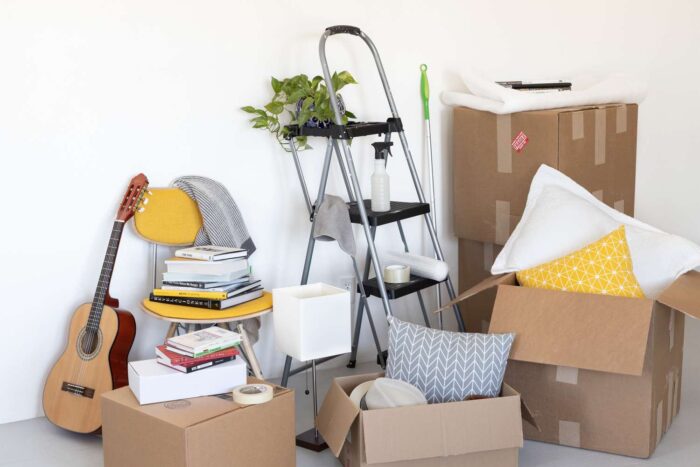
Moving to a new house is an exciting time filled with anticipation and new beginnings. However, the process of moving itself can be overwhelming and stressful if not approached with proper organization. Efficiently organizing your house move is essential to alleviate stress, save time, and ensure a smooth transition to your new home. In this ultimate moving guide, we will delve into valuable insights and provide a step-by-step approach to help you navigate the moving process with ease.
Create a Moving Checklist
A comprehensive moving checklist is the cornerstone of an organized move. It serves as your roadmap, keeping track of tasks, deadlines, and important details throughout the moving process. Begin by creating a detailed list of all the tasks that need to be completed, such as sorting belongings, notifying important parties, and arranging for utilities at the new home. Break down the list into smaller, manageable tasks and set deadlines to ensure you stay on track. Remember to include any necessary paperwork, like rental agreements or change of address forms, in your checklist.
Declutter and Downsize
Moving presents a perfect opportunity to declutter and downsize your belongings. Sorting through your items and letting go of things you no longer need or use will not only streamline the moving process but also reduce unnecessary clutter in your new home. Start by going through one room at a time, categorizing items into three groups: keep, donate/sell, and discard. Consider the functionality and sentimental value of each item. Be ruthless and honest with yourself. Remember, less is more when it comes to a smooth move.
Gather Packing Supplies

To ensure a smooth packing experience, gather all the essential packing supplies well in advance. You will need sturdy moving boxes in various sizes, packing tape, bubble wrap, packing paper, markers, and labels. Acquire these supplies from local moving companies, hardware stores, or online retailers. It’s always better to have a surplus of packing materials than to run out during the process. Make sure to stock up on specialty items such as mattress covers or wardrobe boxes if needed.
Room-by-Room Packing Strategy
Approaching the packing process room by room can greatly simplify your move. Start with rooms that are used less frequently, such as the guest room or basement. Begin by packing non-essential items and seasonal belongings. Label each box clearly with the room it belongs to and a brief description of its contents. Consider creating an inventory of all the items packed in each box to help with unpacking later. Prioritize essential items that you will need immediately upon arrival at your new home, such as toiletries or a change of clothes.
Pack Efficiently
Efficient packing techniques are crucial to maximize space utilization and minimize the risk of damage to your belongings. When packing fragile items, use plenty of bubble wrap, packing paper, or foam inserts to provide cushioning. Wrap each delicate item individually and place them in sturdy boxes, ensuring they are tightly packed to prevent movement. Fill any gaps with additional packing material to prevent shifting during transportation. For non-fragile items, maximize space by nesting smaller items inside larger ones. Be mindful of weight distribution within each box to avoid strain on the bottom.
Label and Color-Code Boxes
Labeling and color-coding boxes based on the room or category they belong to is a game-changer during the unpacking process. Use a bold marker to clearly write the room name on the top and sides of each box. Assign a color to each room and apply color-coded stickers or tape to the corresponding boxes. This simple technique allows movers or helpers to quickly identify where each box belongs, making the unpacking process efficient and stress-free. Additionally, it makes it easier for you to locate specific items when needed.
Notify Important Parties

A smooth transition to your new home requires notifying important parties about your move. Create a checklist of essential contacts and organizations to inform. Start with utility companies to schedule disconnection and reconnection of services. Notify service providers such as internet, cable, or security companies about your move, ensuring uninterrupted services at your new address. Don’t forget to update your address with banks, credit card companies, insurance providers, and any subscription services you utilize. Finally, inform friends, family, and colleagues about your change of address.
Hire Professional Movers or Plan DIY Move
The decision to hire professional movers or plan a DIY move depends on various factors, including budget, time constraints, and the complexity of your move. Hiring professional movers can save you time and physical exertion. They have the expertise to handle your belongings safely and efficiently. However, it’s important to research and choose a reputable moving company, and if you live in Melbourn it would be wise to search for a top rated Moorabbin removalist, to handle your business. If you decide on a DIY move, enlist the help of family and friends to assist with packing, loading, and unloading. Renting a moving truck or van is cost-effective, but ensure you have the necessary driving skills and physical capability.
Arrange for Utilities and Services at the New Home
Coordinating the setup of utilities and services at your new home is crucial for a seamless transition. Contact the utility companies well in advance to schedule the connection of electricity, gas, water, and any other essential services. Make arrangements for internet and cable installation to have them up and running upon your arrival. If required, schedule any necessary repairs or maintenance tasks before moving in. By taking care of these details ahead of time, you can settle into your new home without any unnecessary delays or inconveniences.
Create a Floor Plan
Before moving into your new home, consider creating a floor plan. This valuable tool allows you to envision the placement of furniture and helps movers during the unpacking process. Measure the dimensions of each room and sketch a layout to scale. Decide where each piece of furniture will go, taking into consideration factors such as natural light, traffic flow, and room functionality. By having a clear plan in mind, you can direct movers to place each item exactly where it belongs, saving time and effort in rearranging later.
Unpacking and Settling In

As you begin the unpacking process, focus on setting up essential areas first, such as the kitchen, bedroom, and bathroom. Unpack boxes labeled with these rooms and prioritize items that you will need immediately. Once these core areas are functional, gradually unpack and organize other rooms. Take your time to find the best spots for each item, considering both aesthetics and functionality. Remember to enjoy the process and make your new space feel like home by adding personal touches and decor that reflect your style.
Conclusion
Efficiently organizing your house move is crucial for a successful and stress-free transition to your new home. By creating a moving checklist, decluttering and downsizing, gathering packing supplies, and employing a room-by-room packing strategy, you can streamline the process and save valuable time. Efficient packing techniques, labeling and color-coding boxes, and notifying important parties ensure a smooth move.
Whether you choose to hire professional movers or plan a DIY move, arranging for utilities and services at your new home and creating a floor plan contribute to a seamless transition. Finally, unpacking and settling in gradually will transform your new house into a warm and welcoming home. With these valuable insights and a well-organized approach, your house move will be an exciting and positive experience.
















